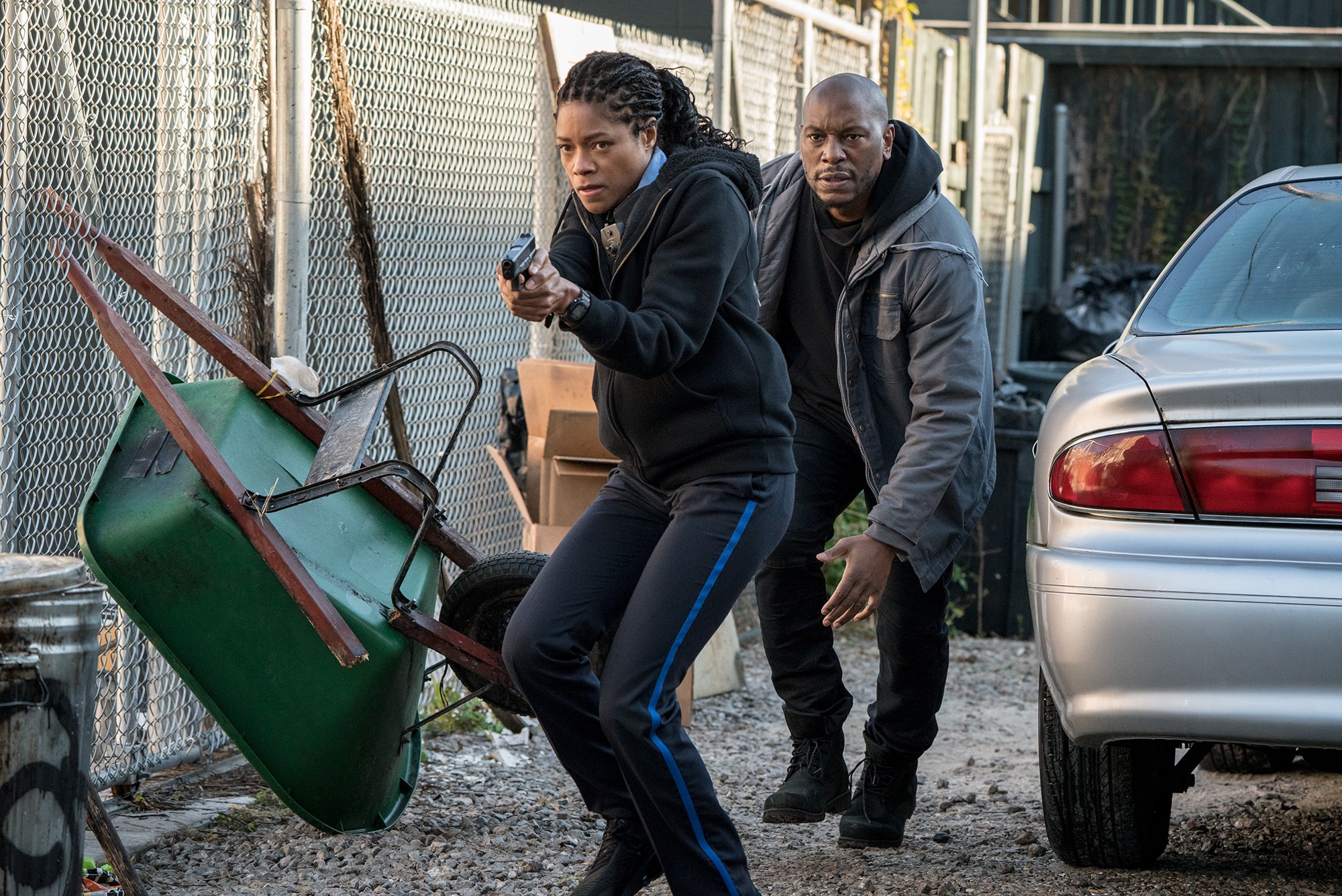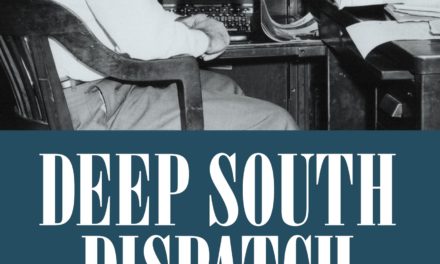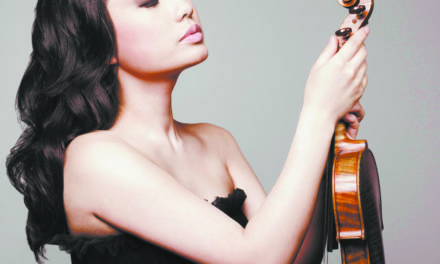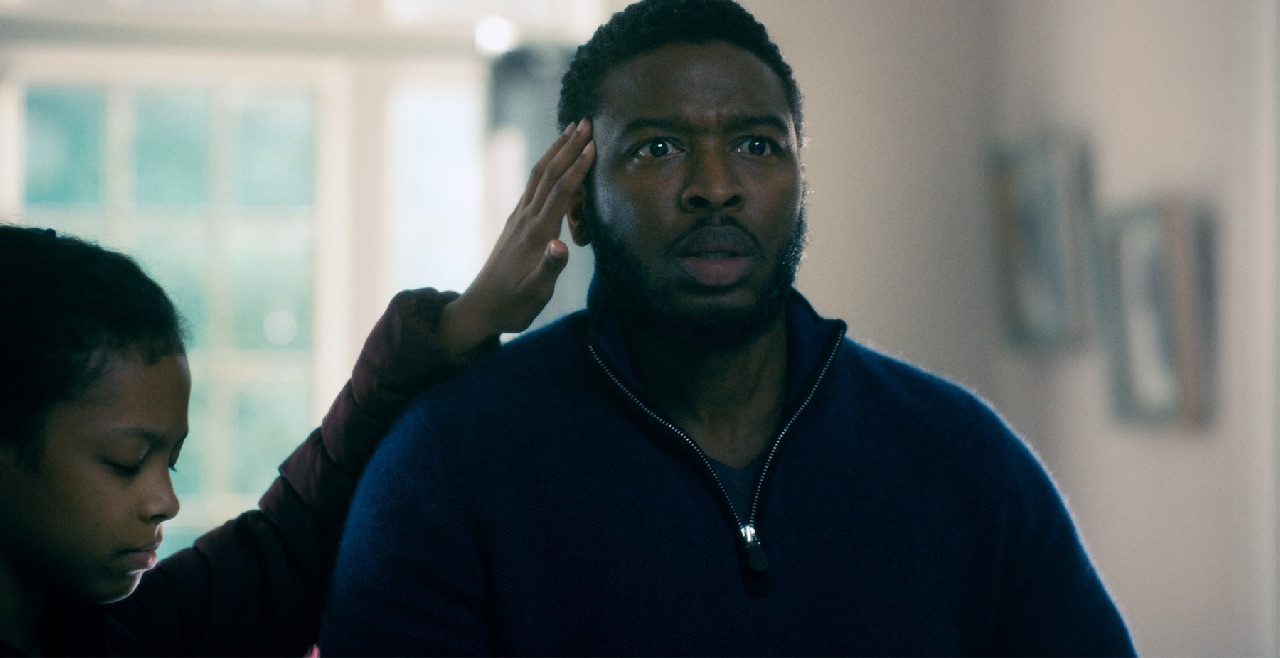While COVID-19 has negatively impacted the art community, art institutions nationwide have been preparing for their reopening. New exhibits and precautions highlight this revival, and the Carlos Museum is no exception. Amid these exhibitions is an updated presentation of Native American art, highlighting the Southeast tribes of North America.
Upon entering the exhibit, you will first see, to the right, a fringed, yellow jacket originating from the Plains. The same enclosure also hosts two pairs of moccasins — one covering the ankles and the other below. Turning to your left, you will see a red and black drum with a painting of a dogfish on the batter head. A beaded belt with red and blue tassels line the bottoms, and a matching bandolier bag can be found to the left of the jacket enclosure, both originating from the Cherokee people.

A yellow jacket originating from the Plains tribes coupled with two pairs of moccasins on display at the Michael C. Carlos Museum./Courtesy of Elizabeth Hornor
One of the biggest additions to the exhibit is its inclusion of Cherokee baskets, ranging in size and pattern. Two of these baskets were made by renowned 20th-century basket weavers Eva Wolfe and Rowena Bradley. The first thing I noticed about the two baskets is their color, as the orange comes from the dye of bloodroot and the brown from walnut dye. Bradley’s double weave basket is recognizable due to the repetition of four brown arrowheads surrounding an orange arrowhead around the piece. The shape is reminiscent of a fish, fitting given that the pattern is similar to the “Flowing Water” weave pattern. Wolfe’s basket, on the other hand, is taller and consists of four rows consisting of either squares or triangles. The squares resemble “The Eye of the Sacred Bird” weave pattern while the triangles are similar to the “Arrow Point.” The baskets highlight a major facet of Cherokee history and culture, and further exemplify the importance of this updated exhibit.
When asked about the COVID-19 safety measures in place, Director of Education at the Carlos Museum Elizabeth Hornor noted there are capacity limits but “students on campus can absolutely visit the new installation.”
Alongside the updated exhibit, the Carlos Museum has included new virtual lectures that further explore the history of Southeast Native American Art. On Sept. 10, University of Georgia Native American Studies Professor Jace Weaver gave a presentation on the evolution and variety of Cherokee art. Weaver focused primarily on the history of basketry and mask-making, particularly booger and bison masks. While the lecture itself was insightful as it provided background information on their techniques and art styles, it also spotlighted contemporary Native American artists. Featured in this section were basket maker Shan Goshorn, whose baskets pop with color and design, and artist John Henry Gloyne, who blends classic Cherokee and Mississippian images into tattoos and modern art, as seen in his “The Process of Weeding Out” painting. Weaver hosted a thorough analysis of Cherokee art and pointed to the community’s new pieces.
For those interested in attending future lectures related to the exhibit, on Oct. 8, a discussion will be held about “Unworthy Republic: The Dispossession of Native Americans and the Road to Indian Territory,” the newest book by University of Georgia American History Professor Dr. Claudio Saunt. The book centers around the U.S. government’s removal of Native Americans and its lasting consequences. On Oct. 12, English Professor Craig Womack will host a panel exploring the repercussions of McGirt v. Oklahoma, a recent Supreme Court decision that protects the authority of Muscogee reservations in Northern Oklahoma.
The beauty of art is not only found in the creativity of the piece but also within its message and history. Southeast Native American art is a piece of a culture, one highlighted by natural colors and unique patterns. The updated North American Natives exhibit provides insight into these nations and encourages patrons to further explore the artwork.
Emory students can visit the exhibit on weekdays from 10 a.m to 4 p.m EDT through summer 2021. People who are taking classes remotely can access a video of the exhibit here.
Eythen Anthony (he/him) (23C) is a Creative Writing and Psychology major from West Virginia. His writing has been featured in the Viral Plays Project and the Lenaia Playwriting Festival. He's also a finalist for the 2019 Crossword Hobbyist Crossword Scholarship. In his free time, Anthony enjoys collecting Blu-rays, attending punk shows and reading. Contact Anthony at eythen.aaron.anthony@emory.edu.





